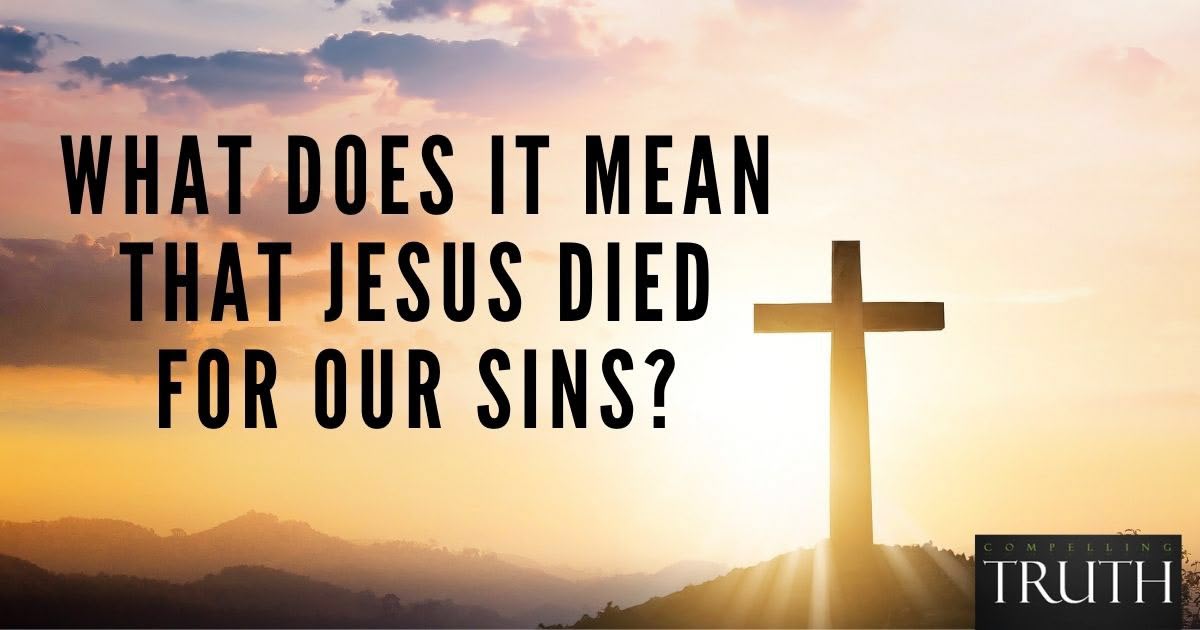what does the bible say?
The Bible teaches that the purpose of animal sacrifices in the Old Testament was to serve as a temporary atonement for sins, covering sin through the shedding of blood (Leviticus 17:11). They highlighted the seriousness of sin and the need for a perfect substitute to make atonement, pointing toward Christ's sacrificial death on the cross, which fulfilled and surpassed the temporary nature of the Old Testament system (Hebrews 9:22). Through Christ's ultimate sacrifice, the need for animal sacrifices was fulfilled. They are no longer required because Jesus provided a perfect and complete atonement, unlike the repeated sacrifices of the Old Testament, which were insufficient to fully cleanse sin (Hebrews 7:27; Hebrews 8:6–7). Hebrews 9:12–14 emphasizes the once-for-all sacrifice of Christ, which offers forgiveness and freedom from sin's guilt and shame, making animal sacrifices obsolete. Ultimately, the purposes of the animal sacrifices in the Old Testament were a foreshadowing of the ultimate sacrifice of Christ, who would provide complete and eternal atonement for sin (Hebrews 10:1–10). Today, all who believe in Christ’s death and resurrection for the forgiveness of sins can experience the full impact of a fulfilled atonement. We can stand before God with confidence, fully forgiven and free from the guilt and shame of sin (Hebrews 9:12–14).




